What's New
Displaying results 1631 - 1640 of 4922
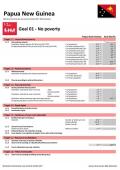
Resource | Data Sheets,
This Papua New Guinea SDG datasheet is a supplementary product of the 2017 edition of the Statistical Yearbook, offering an overview of each country in the region with regard to the SDGs. The datasheets present the latest data available for each indicator, together with regional figure as comparator.

Resource | Data Sheets,
This Philippines SDG datasheet is a supplementary product of the 2017 edition of the Statistical Yearbook, offering an overview of each country in the region with regard to the SDGs. The datasheets present the latest data available for each indicator, together with regional figure as comparator.
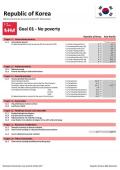
Resource | Data Sheets,
This Republic of Korea SDG datasheet is a supplementary product of the 2017 edition of the Statistical Yearbook, offering an overview of each country in the region with regard to the SDGs. The datasheets present the latest data available for each indicator, together with regional figure as comparator.

Resource | Data Sheets,
This Samoa SDG datasheet is a supplementary product of the 2017 edition of the Statistical Yearbook, offering an overview of each country in the region with regard to the SDGs. The datasheets present the latest data available for each indicator, together with regional figure as comparator.
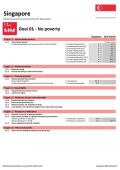
Resource | Data Sheets,
This Singapore SDG datasheet is a supplementary product of the 2017 edition of the Statistical Yearbook, offering an overview of each country in the region with regard to the SDGs. The datasheets present the latest data available for each indicator, together with regional figure as comparator.
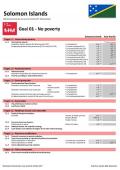
Resource | Data Sheets,
This Solomon Islands SDG datasheet is a supplementary product of the 2017 edition of the Statistical Yearbook, offering an overview of each country in the region with regard to the SDGs. The datasheets present the latest data available for each indicator, together with regional figure as comparator.
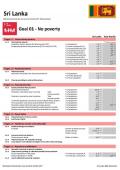
Resource | Data Sheets,
This Sri Lanka SDG datasheet is a supplementary product of the 2017 edition of the Statistical Yearbook, offering an overview of each country in the region with regard to the SDGs. The datasheets present the latest data available for each indicator, together with regional figure as comparator.
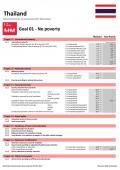
Resource | Data Sheets,
This Thailand SDG datasheet is a supplementary product of the 2017 edition of the Statistical Yearbook, offering an overview of each country in the region with regard to the SDGs. The datasheets present the latest data available for each indicator, together with regional figure as comparator.

Resource | Data Sheets,
This Timor-Leste SDG datasheet is a supplementary product of the 2017 edition of the Statistical Yearbook, offering an overview of each country in the region with regard to the SDGs. The datasheets present the latest data available for each indicator, together with regional figure as comparator.
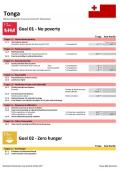
Resource | Data Sheets,
This Tonga SDG datasheet is a supplementary product of the 2017 edition of the Statistical Yearbook, offering an overview of each country in the region with regard to the SDGs. The datasheets present the latest data available for each indicator, together with regional figure as comparator.





